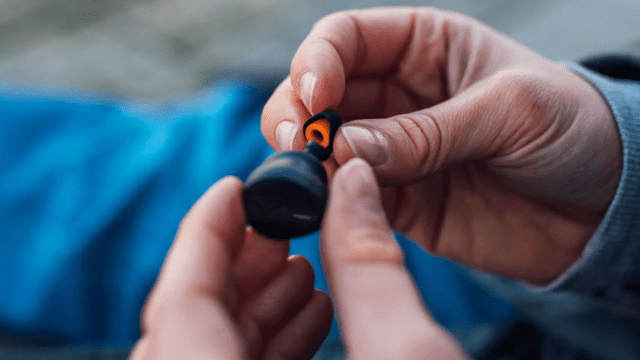Beyerdynamic has been producing brilliant audio peripherals for a while now, and has gained quite a reputation in the industry. However, prior to introducing the Free BYRD earbuds, the company hadn’t tapped into True Wireless. Released in around mid-2022, the Free BYRD buds feature powerful ANC, heavy bass, and a comfortable fit. Admittedly, they do have a few misses, and for the hefty price tag, the misses may be a little hard to justify; but they’re still pretty impressive considering they are Beyerdynamic’s debut True Wireless buds.
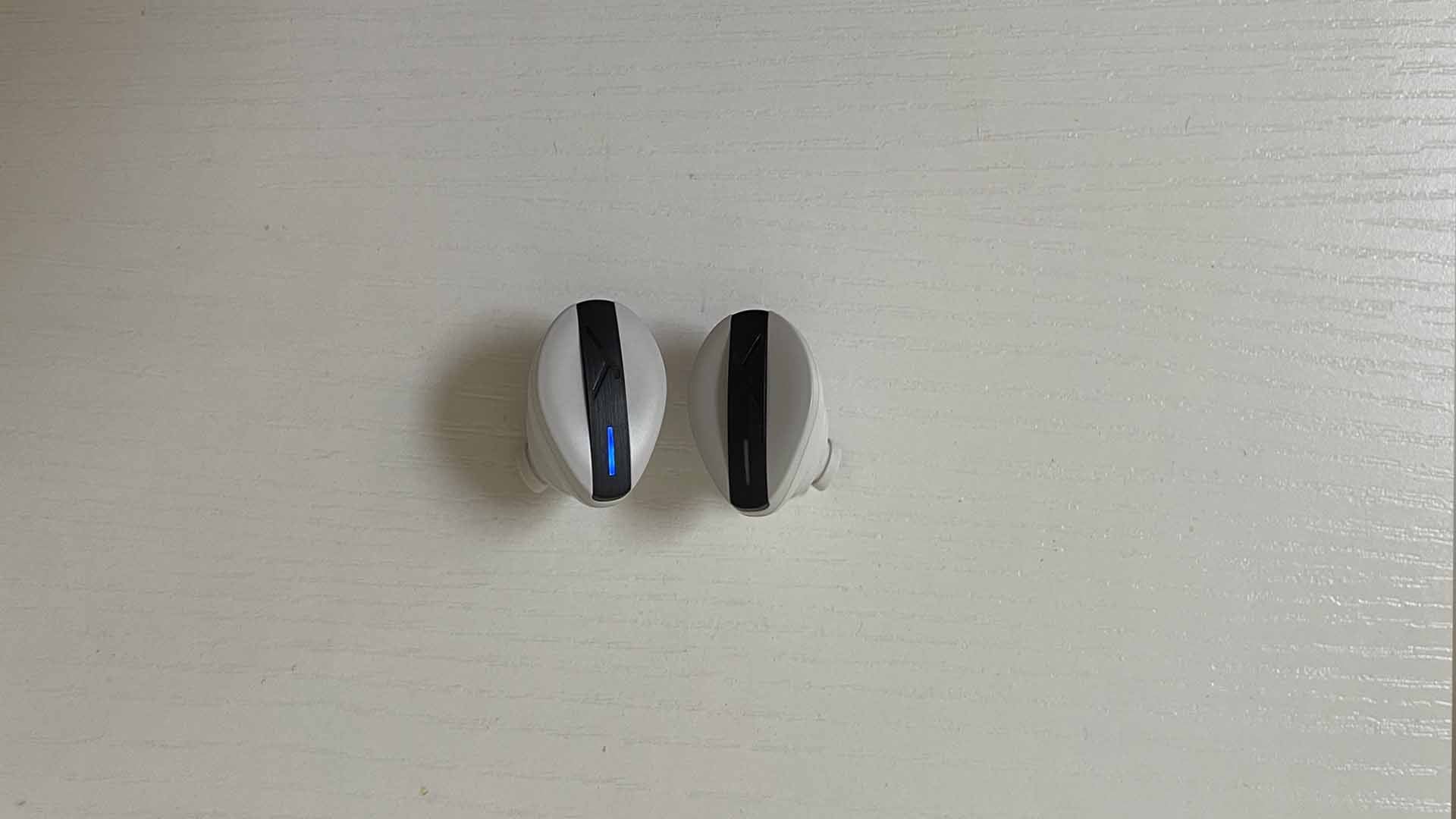
Beyerdynamic Free Byrd Earbuds
What is it?
Beyerdynamic’s debut True Wireless Buds, featuring Active Noise Cancellation (ANC) and a wide range of fit options.
Price
$AU349
Like
A striking body, plenty of fit options, sharp and rich treble, strong ANC, a long-lasting battery, and a powerful mic.
Dislike
Overpowering bass, non-intuitive controls.
Pretty Decent Aesthetics and Plenty of Fit Options
For a first attempt, the Free Byrd buds are striking. Beyerdynamic released the buds in two colour variants: all-black and grey with black accents. We got the latter and fell in love with how they look. They sport a fairly large body, but are not large enough to be categorised as clunky. A thin strip of LED lighting enhances the buds’ aesthetic and informs you about their battery or connection status.
The charging case is pretty decent, as well. The sockets host rather strong magnets and the buds easily slide in with a click that resonates. Thanks to some room given on the sides of the sockets, it is also easy to pluck the buds out of the case. The case is sufficiently lightweight and effortlessly stowable. I must say, though, I would’ve liked a metal body to match the price, and maybe also a sturdier lid.
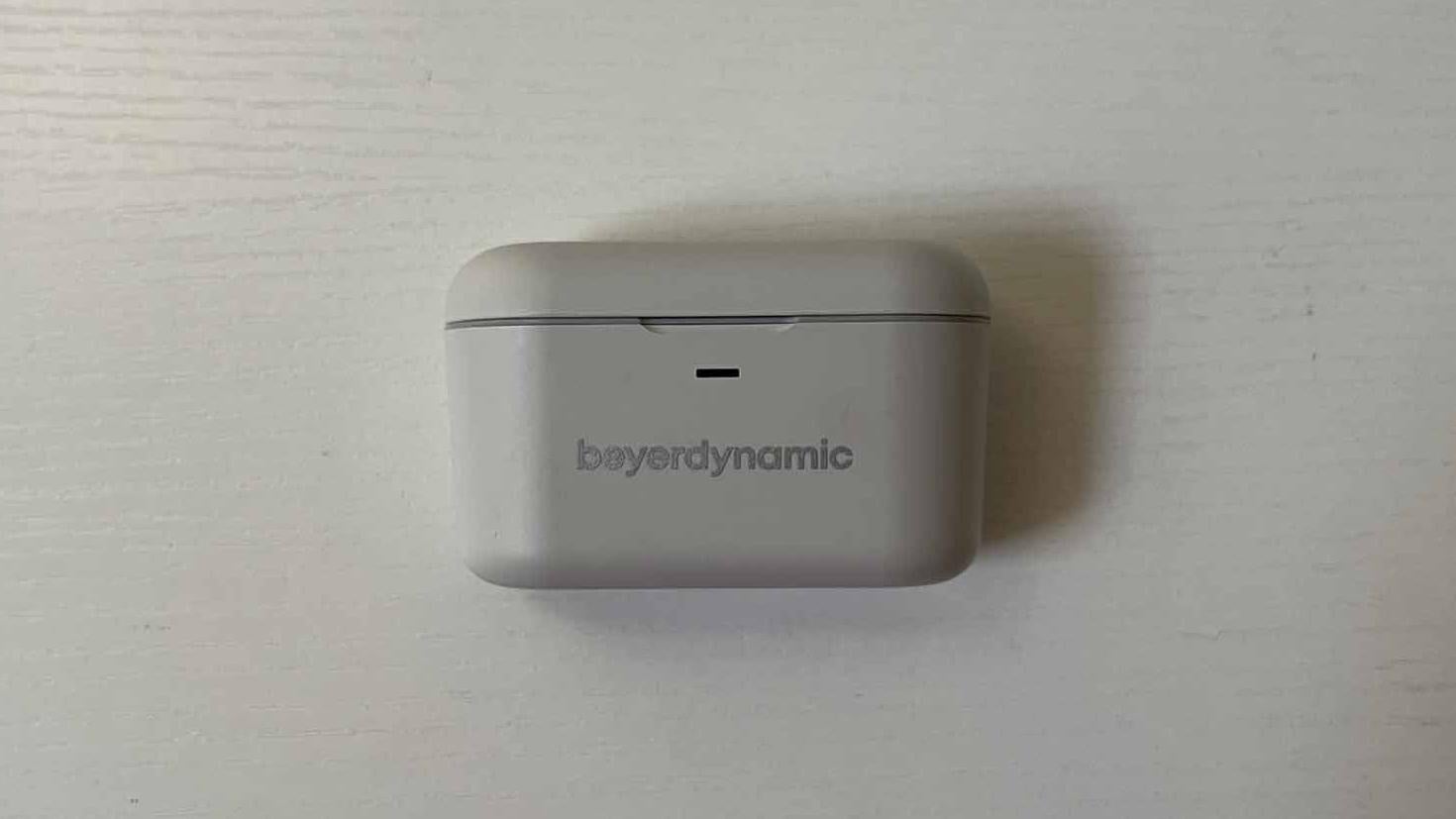
There are extremely few chances of you not finding the Free BYRD headphones comfortable. With ear tips offered in eight pairs of varying sizes, there has to be a size that would suit you. The smallest one fit my ears like a sock and provided a snug fit throughout.
The spare ear tips are offered in two materials: foam and silicone. I’d like to give Beyerdynamic a point here for providing material options, since both foam and silicone have their fair share of pros and cons. Foam isolates sound far better than silicone does, but it isn’t as comfortable, easily washable, or durable as silicone.
Sharp treble but excessively strong bass
If you like your bass so strong that it could end up dominating other elements in the mix, then it’s safe to go for the Free BYRDs. These buds pack ridiculously powerful low-end; a little too strong for my liking. When companies overdo bass, it runs the risk of sounding thick at times. That’s exactly the case with the Free BYRD buds. In most cases, it will sound pleasant but if you put on a bass-heavy track or turn the volume all the way up, you’ll realise that it’s probably too much for you. It isn’t compact and will sound as if it is leaking.
The treble is excellent, though. The highs are bright and spacious. They stand out from the rest of the mix too, just like the bass does, but not in an equally overdone way. I listened to Jungle by Fred Again on these and had a pretty good time. Overall, the Free BYRD has a metallic sound profile and a sufficiently wide soundstage. It isn’t so wide that you’d be able to discern every single element, but it’s not what you would call cluttered, either. I’d rate the soundstage a 7.5 out of 10.
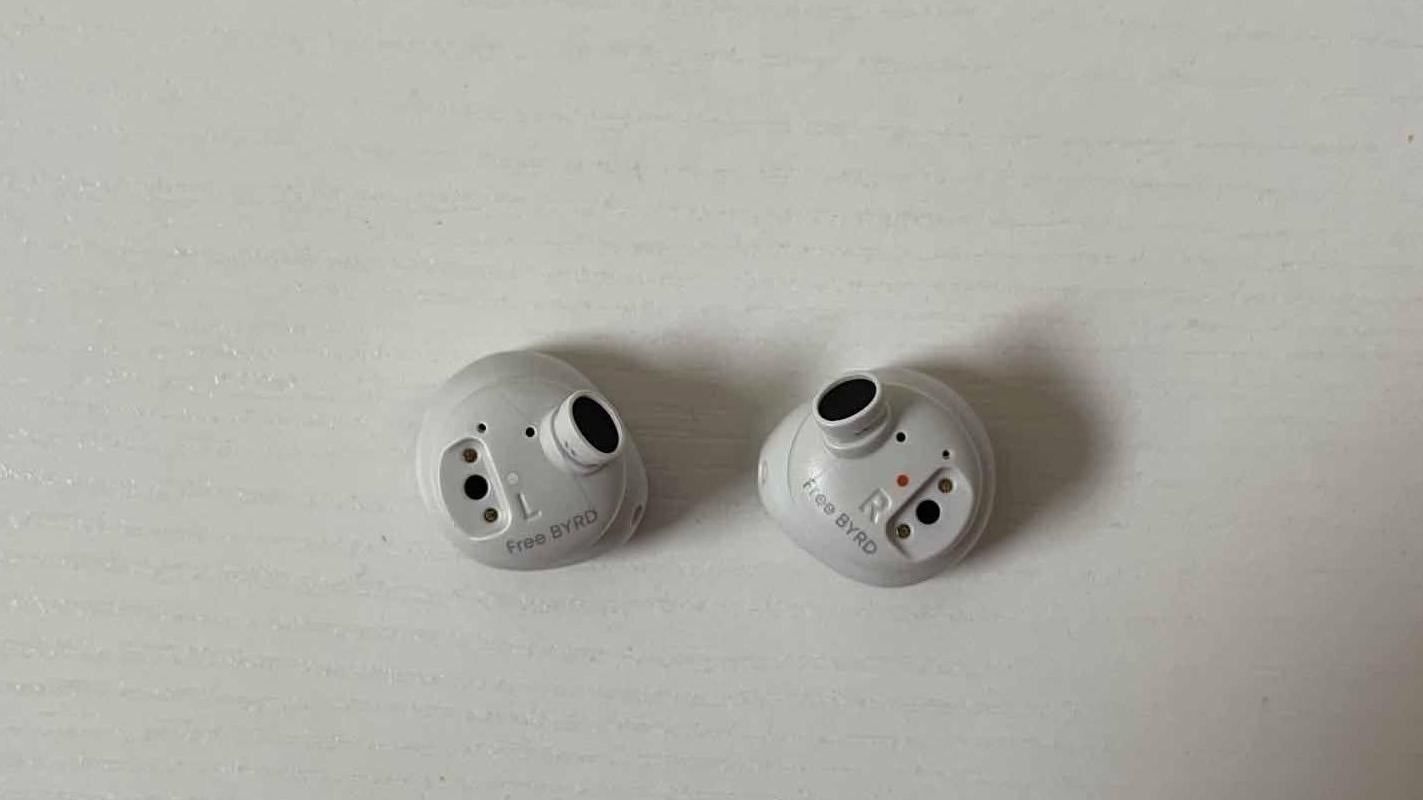
Non-intuitive controls
I’m not the biggest fan of the controls on the Beyerdynamic Free BYRD. They feature a little delay and aren’t the most intuitively designed. A single tap plays or pauses music, while a double tap enables or disables ANC and Transparency mode. You can tap the bud thrice to skip or rewind songs, depending on which bud you’re tapping. All the rest of the functions require holding. Tapping and holding activates voice assistance, tapping once and holding on the second tap rejects or ends calls, and tapping twice and holding on the second tap tweaks volume.
I found myself tapping multiple times in order to get the touch interface to register my finger. In other cases, I’d have to firmly press my finger against the bud. The need to hold put me off, too. I’d prefer my buds to host volume sliders on touch interfaces. Counting my taps and making sure to hold for a precise duration on the last tap was a lot of effort. The Free BYRD turned ANC on for me when I was simply trying to increase the volume. And that is because, apparently, I didn’t hold for long enough. Beyerdynamic could have put more thought into planning the controls to reduce the number of missteps.
Extremely powerful ANC
Due to the snug fit, the passive noise isolation on the Free BYRD is outstanding. Without even playing anything, they instantly cancelled 50% of ambient noise as soon as I put them in. And I’m talking about silicone tips here. The foam ones, of course, went a step ahead and reduced around 70% of unwanted background sounds.
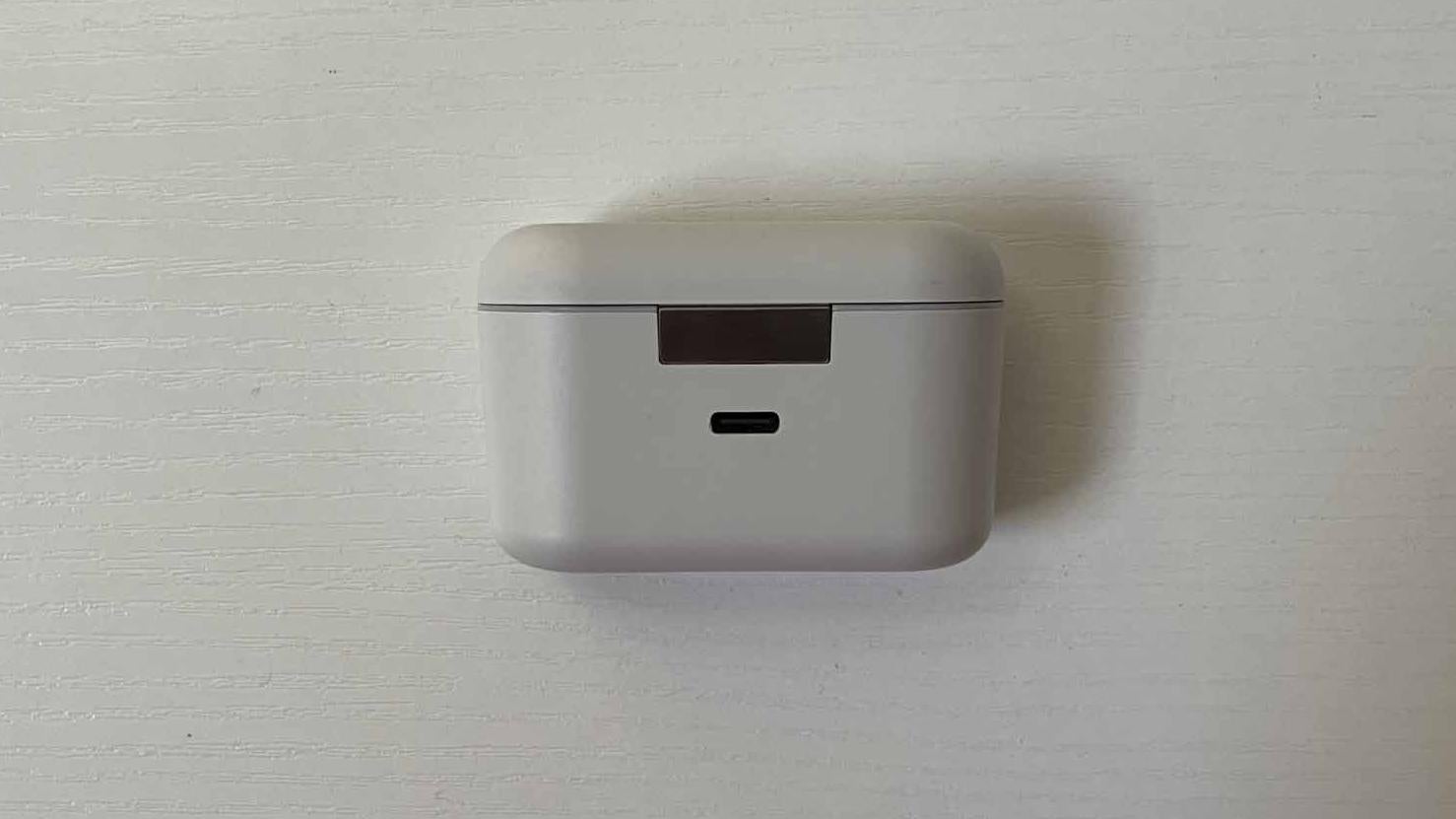
Turning ANC on resulted in around 95% of ambient sound being completely muted. According to my testing, the ANC on these buds worked equally well in cancelling both low and high-frequency sounds. I tested the former with the hum of my dishwasher and the latter with the noise of my roommate doing her dishes in the kitchen. The transparency mode is pretty impressive as well, but features the hiss that is fairly common among ambient modes on earbuds.
Noise-isolating mic
Beyerdynamic undoubtedly aced the mic on the Free BYRD. According to my test, my voice sounded crystal clear. Some mics make you sound tinny, while others enhance the echo to give it a reverb effect. The recently reviewed Bose QC Earbuds II, for example, leaned into that slight reverb effect. The Free BYRD steered clear of both of these problems.
My cousin couldn’t hear the loud fan right next to me when I called her using these buds, and she specifically commented on how well-isolated my voice sounded. She also had to confirm if I was talking via True Wireless buds, because it apparently sounded like I was speaking right into my phone’s microphone. There were also zero delays in my voice being picked up by the buds.
A very simple companion app
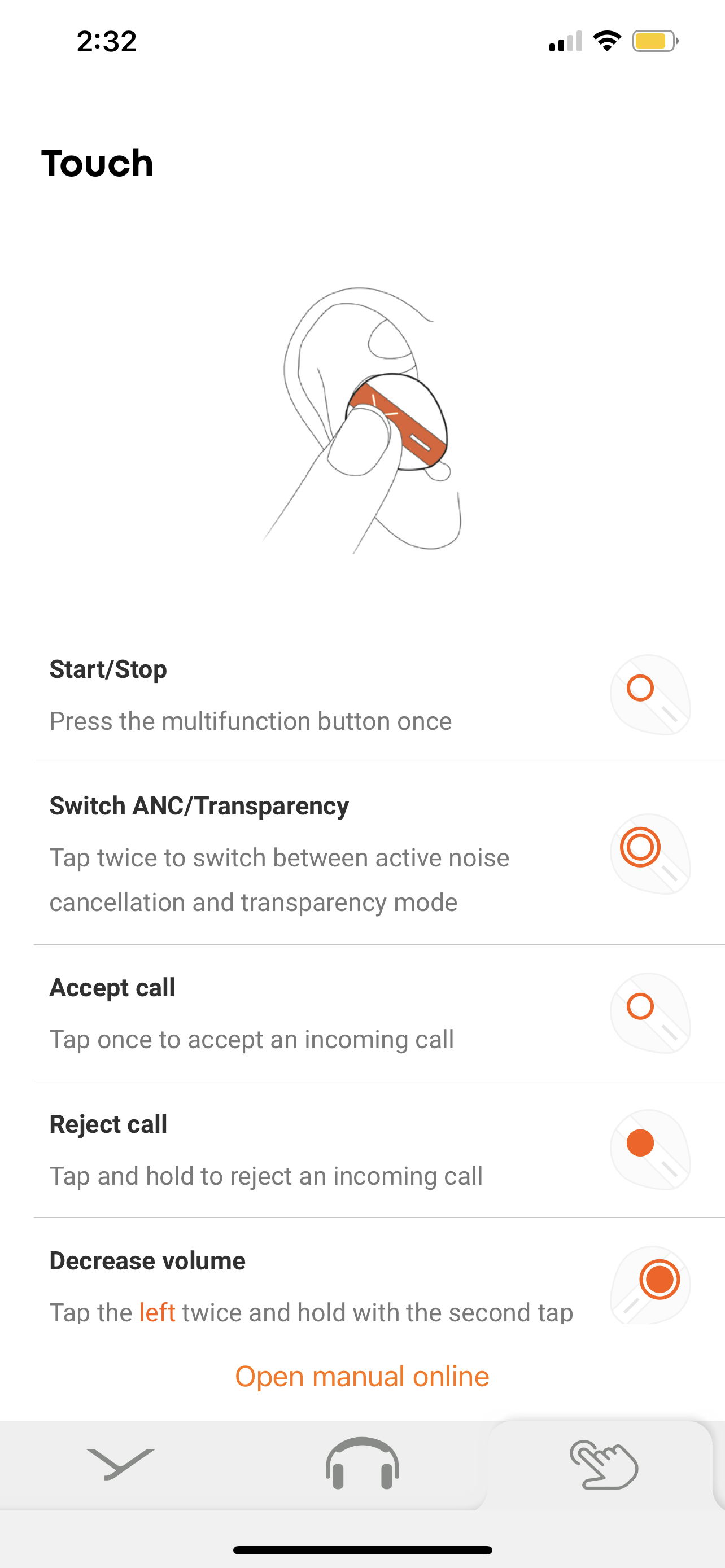
MIY, the companion app for the Beyerdynamic buds, is incredibly simple. It doesn’t offer much in terms of functions or features that you can customise. The home page of the app informs you of the battery status of the buds, allows you to cycle between ANC and transparency modes, and enables you to turn Low Latency mode on or off. It also provides earbud stats, which include total uptime, playback time, etc. Other features include factory resetting the device and setting a language for voice prompts. Other pages on the app host the company’s contact information and tutorials on the buds’ touch controls.
A stutter-free connection
The Free BYRD buds have a unique way of connecting. Instead of plucking the buds out and waiting for them to show up on your device, you’re required to tap and hold them while they’re planted inside the case. Once you see their LED strips blinking, you can begin searching for them on your phone’s list of available Bluetooth devices. Beyerdynamic has taken a somewhat different approach in terms of the connectivity process, but it’s not a hassle at all. In fact, the buds provide a quick, smooth, and stutter-free connection to your device.
When it comes to codecs, the Free BYRD features aptX Adaptive and AAC in addition to the standard SBC. aptX Adaptive means Beyerdynamic is promising you excellent streaming quality along with exceptionally low latency. AAC means Apple users can benefit from brilliant streaming quality as well. The SBC codec is more of a standard and last-resort option. While we’re talking about connectivity, it is important to note that the Free BYRDs do not offer multipoint connection, which means they can only connect to one device at a time.
Battery and Water Resistance:
The battery on the Free BYRD buds deserves special mention. In theory, the buds are supposed to last a total of 11 hours. According to my testing, they worked for exactly nine hours before they ran out of juice. However, that’s still an impressive score. Especially considering that just 10 minutes of recharging replenishes the buds with an additional 70 mins of listening time, I’d say that Free BYRD’s battery is
pretty usable. Along with the chargers in the case, the total runtime of the buds, as advertised, is 30 hours. Moreover, unlike the Bose QC Earbuds II, these buds sport the option of wireless charging. Free BYRDs’ long-lasting battery life and IPX4 water resistance make them ideal as a gym buddy.

Should I buy the Beyerdynamic Free Byrd Earbuds?
All in all, I found the Free BYRD earbuds pretty impressive for a True Wireless debut. I would’ve preferred the bass to be a little less overbearing and the controls to be more user-friendly. Apart from that, they feature an attractive design, a wide range of fit options, excellent noise-cancelling, and a powerful mic. Beyerdynamic has done a brilliant job entering this market.
